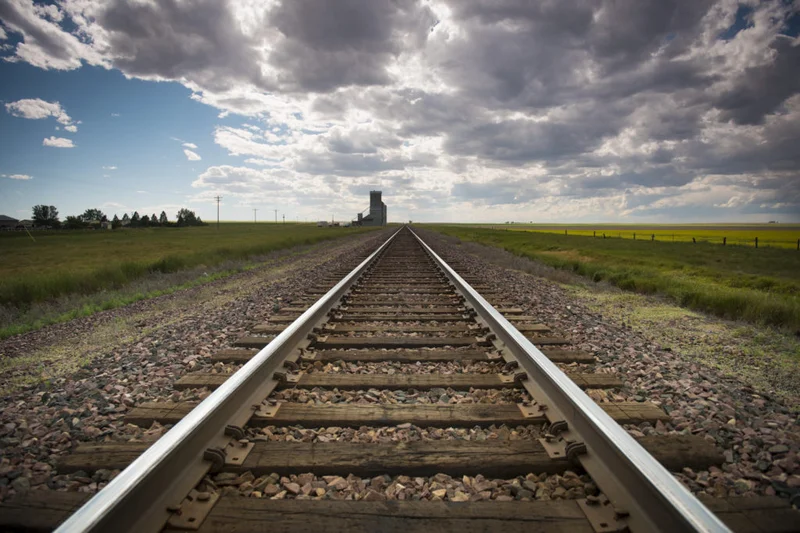Okay, so the Long Island Rail Road used to be so awful that the district attorney called it an "open invitation to the morgue." Charming! Seventy-eight dead in one Thanksgiving Eve crash back in '50. That's...a lot. The horrific LIRR Thanksgiving crash, 75 years ago, that spurred improvements in railroad passenger safety.
The Good Old Days of Train Wrecks
Before everyone gets all misty-eyed about the "good old days," let's be real: those days sucked if you had to ride the LIRR. We're talking about a railroad so mismanaged that it made headlines for all the wrong reasons. It wasn't just one bad apple, either. The article mentions "more than two dozen major crashes" between 1912 and 1950. Two dozen! That's not a railroad; that's a demolition derby with passengers.
And get this: one crash involved the Shelter Island Express plowing straight into Golden's Pickle Works. Six dead, including a mom and her kids. One poor soul got scalded by steam, another suffocated in a pile of salt. You can't make this stuff up. Is this transportation or a slapstick horror movie?
The Pennsylvania Railroad, which owned the LIRR back then, clearly didn't give a damn. They were too busy counting their money (or not counting it, since they went bankrupt eventually). "The Pennsylvania Railroad was showing you it didn't care about the Long Island Rail Road," says historian Dave Morrison. I mean, come on.
Band-Aids on a Bullet Wound
So, what changed? The state stepped in, threw some money around, and installed Automatic Speed Control. Oh, and a few decades later, they switched to Positive Train Control. Fancy! But let's not pretend this was some kind of miracle cure. It was more like slapping a band-aid on a bullet wound.

Sure, the LIRR is probably safer now than it was in 1950. But that's not exactly a high bar to clear, is it? We're talking about going from "actively trying to kill you" to "probably won't kill you...today." And offcourse, it's still the LIRR, so delays are basically a guarantee.
The article points out that the operating rules are "written in blood." Okay, dramatic much? But hey, whatever keeps the trains from turning into fiery death traps.
But here's the thing that gets me. The article celebrates the LIRR's safety record after the state took over. But what about all the years of neglect and mismanagement that led to the Kew Gardens crash in the first place? The Pennsylvania Railroad should've been held accountable, not bailed out. And what about all the victims and their families? Do they get a parade for enduring the "Death Valley Railroad"? I think not.
Model Trains: A Safer Alternative?
Speaking of trains, apparently there are a bunch of model train exhibits opening up around Delaware. I'm not kidding. The second article is about model trains—a jarring pivot from a discussion about mass-casualty events. You can see them at museums, libraries, and even freakin' garden centers. I guess if you're traumatized by the LIRR, playing with toy trains is a good way to cope.
One place, the Winterthur Museum, has a gingerbread railroad station. A GINGERBREAD RAILROAD STATION. I can't even... This is peak suburban absurdity.
So, the LIRR is "Fixed"? Don't Make Me Laugh.
Look, I'm glad the LIRR isn't a complete death trap anymore. But let's not pretend it's some kind of transportation utopia. It's still the LIRR. It's still delayed. And it still costs a fortune. They expect us to be grateful that the trains mostly stay on the tracks? Give me a break.










